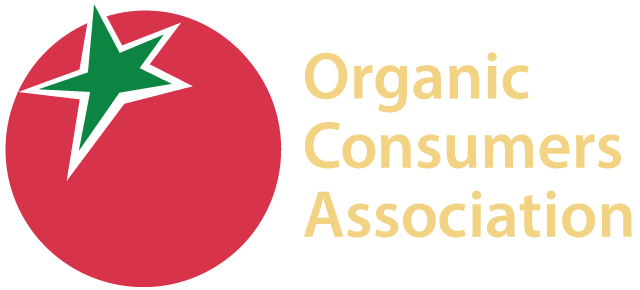Ideally, you would receive all the omega-3s you need from fish, but the vast majority of the world’s fish supply is heavily contaminated with PCBs, mercury, agricultural toxins, and radioactive poisons. This is why I don’t recommend getting omega-3s from fish.
I do, however, have a few exceptions to this rule – one is wild-caught Alaskan salmon or sockeye salmon. Alaskan or sockeye salmon have very little risk of accumulating high amounts of toxins in their bodies because of their short life cycle, which is only about 3 years. The bioaccumulation of toxins also decreases because salmon don’t feed on other already contaminated fish.
Additionally, wild-caught sockeye salmon has an outstanding nutrition and a fresh, irresistible taste, which you can enjoy in this recipe:
Ingredients:
• 2 pounds wild Alaskan or sockeye salmon
• 2 Tbsp. extra virgin olive oil
• 1 Tbsp. paprika
• 1 Tbsp. Old Bay seasoning*
• Freshly ground black pepper
• Pinch of gray salt
Directions:
- Preheat oven to 400°F.
- Rinse and pat dry salmon. Place on baking sheet and brush olive oil on both sides. Place skin side down and sprinkle the paprika and Old Bay seasoning on top. Grind a few good turns of black pepper and sprinkle a scant amount of gray salt.
- Bake for 12 minutes. Remove from oven and cover with foil. Let stand for about 5 to 10 minutes. The salmon will continue to cook while resting. Cut into 4 pieces and serve.
This recipe makes 4 servings.
*NOTE: If Old Bay Seasoning is not available, another seafood seasoning would be fine, or a combination of celery salt, dried mustard, black pepper, and a small amount of the following: ground bay leaves, ground cloves, allspice, ginger, mace, cardamom, cinnamon, and paprika.
(From Healthy Recipes for Your Nutritional Type)
Salmon Supreme Cooking Tips
When you spend hard-earned money on food, you want to know that you’re getting what you pay for. Below are some tips on finding quality ingredients for your Salmon Supreme dish:
How to Find Quality Salmon
Two designations of salmon to look for are “Alaskan salmon” and “sockeye salmon.” Because both Alaskan and sockeye salmon is not allowed to be farmed, canned varieties labeled either “Alaskan” or “sockeye” is a safe choice. Sockeye salmon also has one of the highest concentrations of astaxanthin of any food.
Further, pay attention to the color of the salmon’s flesh. The flesh of wild-caught sockeye salmon is bright red, due to its natural astaxanthin content. It’s also very lean, so the fat marks – the white stripes on the meat – are very thin.
Avoid “Atlantic salmon,” as these mostly come from fish farms, which feed fish synthetic nutrients, hormones, antibiotics, and even genetically engineered feed. They also have pale pink flesh, with wide fat marks.
